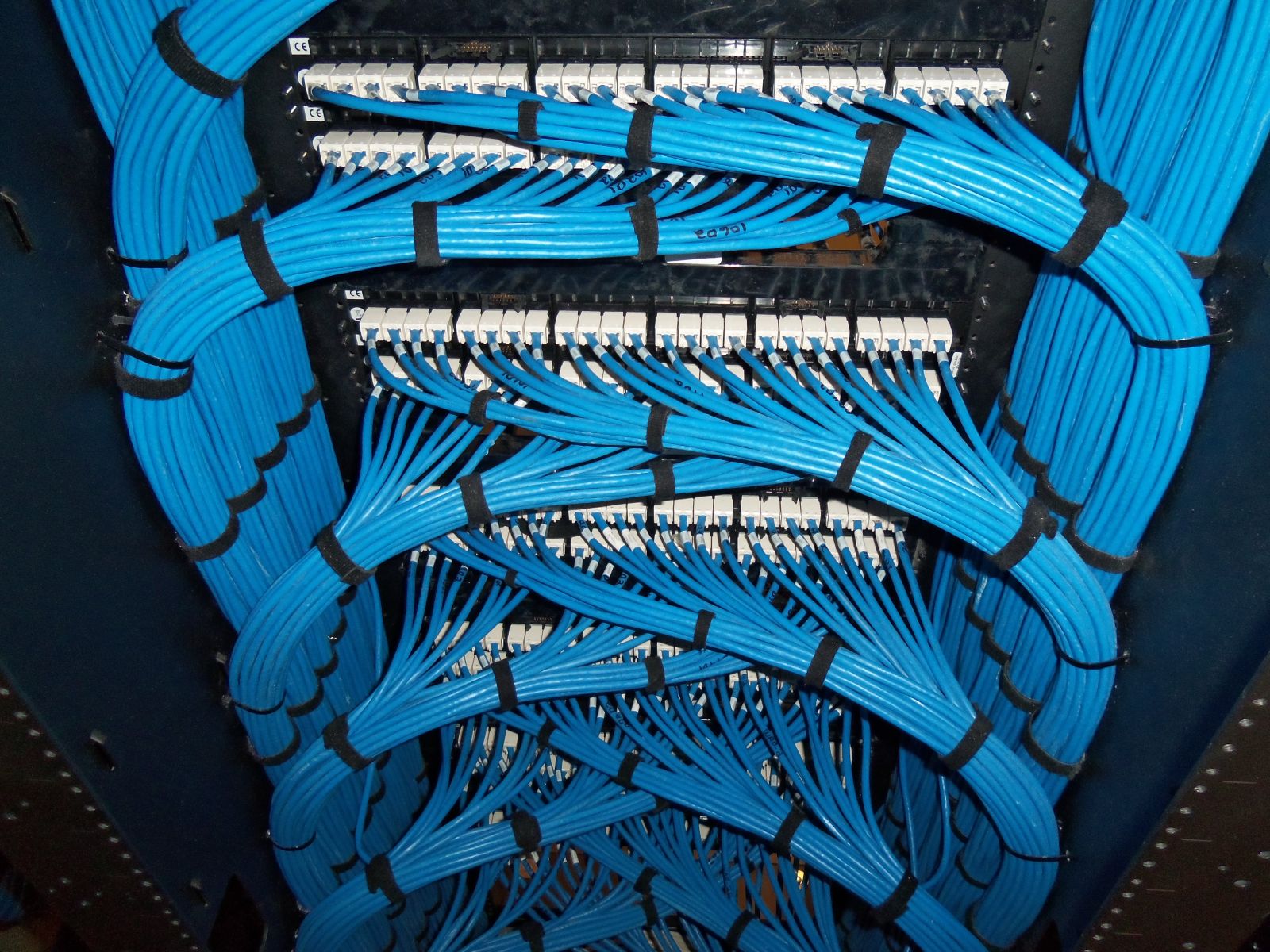feb 29 - 2024
Importance of Structured Cabling for Video Surveillance Systems
Improve surveillance reliability and performance with structured cabling
Video surveillance systems play a crucial role in safeguarding assets, ensuring public safety, and deterring criminal activities. However, behind every effective surveillance system lies a critical component often overlooked: structured cabling. Just as a solid foundation is essential for a sturdy building, structured cabling forms the backbone of a robust and scalable security infrastructure.
Structured cabling provides a strong foundation to ensure your security systems are reliable and continue to perform at an optimal level. This is especially needed for organizations with advanced security needs or who are looking to grow their security system. Let's explore structured cabling's importance for surveillance and security to help your organization understand if it's a necessary investment to pursue.
Understanding Structured Cabling
Structured cabling refers to the standardized architecture and design of a cabling system that provides a comprehensive telecommunications infrastructure. It encompasses various elements such as cables, connectors, distribution panels, and management tools organized in a systematic manner to support data, voice, and video communications. For video surveillance systems, structured cabling is indispensable for transmitting high-quality video footage reliably and efficiently.
The Importance of Structured Cabling for Surveillance and Security
Structured cabling creates a clean and standardized architecture, but there is more benefits than a neatly organized infrastructure. There are several advantages it creates for surveillance cameras and the overall security infrastructure.
Reliability and Performance
Structured cabling ensures consistent and reliable transmission of video data, minimizing the risk of signal degradation, interference, or loss. With proper cabling infrastructure in place, surveillance cameras can capture and transmit high-resolution footage in real-time without compromise. This reliability is crucial for critical applications where uninterrupted surveillance is paramount.
Enhanced Bandwidth and Data Transmission
Modern video surveillance systems generate vast amounts of data, especially with the proliferation of high-definition and 4K cameras. Structured cabling ensures that this data can flow smoothly and efficiently between cameras, recording devices, and monitoring stations. With support for high-speed data transmission, such as Gigabit Ethernet or even faster protocols like PoE (Power over Ethernet), structured cabling enables the capture and storage of high-quality footage without bottlenecks or latency issues.
Scalability
As surveillance needs evolve, structured cabling provides the flexibility to scale the system effortlessly. Whether it's adding new cameras, expanding coverage areas, or integrating additional security technologies like access control, and intrusion detection, structured cabling accommodates these changes seamlessly. With a well-designed cabling infrastructure, businesses and organizations can future-proof their surveillance systems, adapting to evolving security requirements without overhauling the entire infrastructure.
Simplified Management
Centralized management of surveillance systems becomes more manageable with structured cabling. By organizing cables systematically, technicians can easily identify and troubleshoot issues, reducing downtime and maintenance costs. Additionally, structured cabling simplifies upgrades and modifications, allowing for efficient system management without disrupting ongoing operations.
Enhanced Security
A properly designed cabling infrastructure enhances the overall security of the surveillance system. Structured cabling minimizes vulnerabilities such as cable tampering, unauthorized access, and data breaches. By implementing secure cabling practices, organizations can safeguard sensitive video data, ensuring confidentiality and integrity throughout the surveillance network.
Cost Efficiency For Future Enhancements
While the initial investment in structured cabling may seem substantial, it offers long-term cost benefits. By minimizing downtime, simplifying maintenance, and accommodating future expansions, structured cabling reduces overall operational costs associated with surveillance system management. Additionally, the scalability of structured cabling eliminates the need for frequent infrastructure upgrades, saving businesses significant expenses in the long run.
Create your improved security infrastructure
Structured cabling serves as more than just a means of establishing connectivity. By prioritizing structured cabling design and installation, organizations can ensure a more efficient and reliable, security infrastructure. As technology advances and security challenges evolve, investing in a robust cabling infrastructure becomes increasingly critical for maintaining effective surveillance capabilities.
Organizations who are looking to create a more robust cabling infrastructure should contact a reliable structured cabling company like Systcom for more information.


